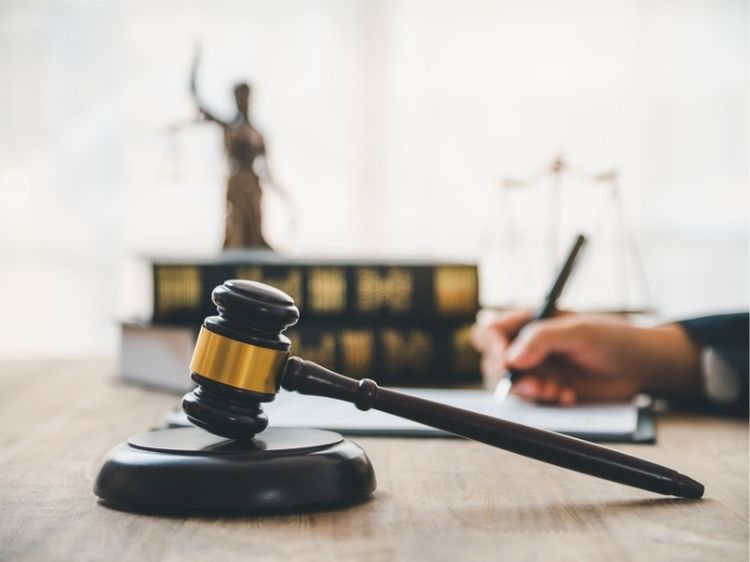Product liability lawsuit settlements have become a significant part of the legal landscape, especially in cases where consumers are harmed by defective products. From malfunctioning electronics to dangerous drugs, product liability holds manufacturers, retailers, and even designers accountable. But what does this all mean for you? If you’re curious about how these settlements work or if you’re potentially involved in one, this article will break it all down.
What is a Product Liability Lawsuit?
In the simplest terms, a product liability lawsuit occurs when a consumer sues a company, claiming they were harmed by a defective or dangerous product. These cases can be incredibly complex because they often involve multiple parties and legal theories. There are three primary types of product liability claims:
- Defective Design – This type of claim argues that the product’s design is inherently unsafe.
- Manufacturing Defect – In these cases, the issue lies with how the product was made, rather than the design itself.
- Failure to Warn – This claim involves a lack of adequate instructions or warnings about potential risks.
So, what happens after the lawsuit begins? Most often, both parties—plaintiff and defendant—may opt to settle rather than take the case to trial. Settlements can be quicker and less costly for both sides, but they also come with their own set of pros and cons.
How Do Product Liability Lawsuit Settlements Work?
Settling a lawsuit means that both sides agree to resolve the case without proceeding to a full court trial. Settlements are particularly common in product liability lawsuits because trials can drag on for years and cost millions of dollars. Plus, companies usually prefer to avoid negative publicity.
Here’s a step-by-step look at how the settlement process typically works:
- Filing the Lawsuit – Once a person believes they have been harmed by a product, they file a lawsuit against the responsible parties.
- Discovery Phase – Both sides exchange evidence, witness statements, and documentation to build their cases.
- Settlement Negotiations – Often, before or during the discovery phase, the parties begin discussing settlement options. This is where most lawsuits end.
- Settlement Offer – The defendant may offer a sum of money to the plaintiff in exchange for dropping the lawsuit.
- Acceptance or Counteroffer – The plaintiff can either accept the offer or propose a counteroffer.
- Final Agreement – If both sides agree on the terms, they draft a settlement agreement, which legally binds both parties to follow through on the deal.
Why Do Companies Settle?
There are a few reasons companies prefer settling product liability lawsuits rather than going to trial:
- Cost Efficiency: Trials are expensive. From hiring expert witnesses to paying legal fees, the expenses can add up quickly.
- Publicity: Settling can avoid a drawn-out court battle that may result in bad press. Think about it—no company wants their name associated with harmful products splashed across headlines.
- Risk Mitigation: Trials are unpredictable, and there’s always the possibility a jury could award the plaintiff a significant amount of money. Settling allows the company to control the outcome to some extent.
Real-Life Examples of Product Liability Settlements
To better understand how these settlements play out in real life, here are some notable examples:
- Johnson & Johnson – Talcum Powder Lawsuit: One of the most high-profile cases involved claims that Johnson & Johnson’s talcum powder caused ovarian cancer. The company eventually settled for over $100 million in multiple cases.
- Toyota – Defective Brakes: In 2014, Toyota agreed to pay $1.2 billion to settle allegations that it had concealed information about defective brakes.
- Pfizer – Chantix Settlement: Pfizer settled a lawsuit for $184 million after claims that its smoking cessation drug, Chantix, caused psychiatric issues like depression and suicidal thoughts.
These examples demonstrate the significant financial stakes and the willingness of major companies to settle rather than risk higher costs in court.
Key Factors Affecting Settlement Amounts
The amount a plaintiff may receive in a product liability settlement depends on various factors, such as:
- Severity of Injury: Serious injuries, such as permanent disabilities or death, typically lead to higher settlement amounts.
- Number of Plaintiffs: Class action lawsuits, which involve multiple plaintiffs, often result in larger settlements because more people are affected.
- Company’s Reputation: If the company has a history of defective products, they may be more inclined to settle quickly to avoid further damage to their reputation.
- Legal Strength: If the plaintiff has a strong case with substantial evidence, the defendant may offer a higher settlement to avoid the risks of going to trial.
FAQs About Product Liability Lawsuit Settlements
- Can I still receive compensation if I wasn’t physically injured?
Yes, you can file a product liability lawsuit even if the harm wasn’t physical. Emotional distress or financial losses due to a defective product may also qualify for compensation. - How long does it take to reach a settlement?
There’s no set timeline for settlements. Some cases settle within months, while others may take years, depending on the complexity of the case and willingness of both parties to negotiate. - What if I don’t agree with the settlement offer?
You’re not obligated to accept a settlement offer. If the offer doesn’t seem fair, you can negotiate for a higher amount or choose to take the case to trial. - Is the settlement amount taxed?
In most cases, compensatory damages for personal injury or physical illness are not taxable. However, any punitive damages or interest accrued on the settlement may be taxable. It’s best to consult a tax professional for advice.
Conclusion: Weighing the Benefits of Settling
Product liability lawsuit settlements offer a quicker and less costly way to resolve disputes compared to full court trials. For companies, settling a lawsuit often means avoiding the risks and expenses of a trial. For consumers, settlements can provide compensation without the uncertainty of a jury decision.
That said, each case is unique, and it’s crucial for plaintiffs to consider whether the settlement offer is fair based on their specific circumstances. Always consult with a legal professional before accepting any offer.
By understanding the intricacies of product liability lawsuit settlements, you’ll be better equipped to navigate the process, whether you’re a potential plaintiff or just someone curious about the topic.


